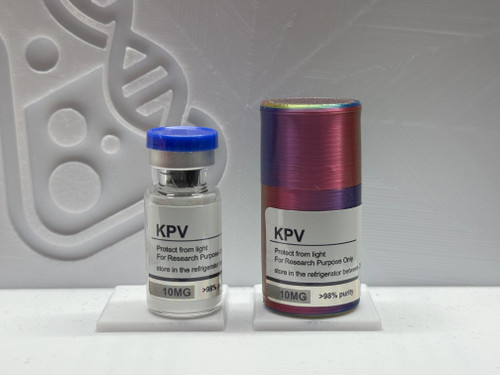Product Overview
? Oxytocin – Research-Grade Neuropeptide for Endocrine & Behavioural Investigation
Synonyms: OXT, α-hypophamine
CAS Number: 50-56-6
Sequence: Cys-Tyr-Ile-Gln-Asn-Cys-Pro-Leu-Gly-NH₂ (disulfide bridge between Cys1–Cys6)
Molecular Weight: ~1007.2 Da
Form: Lyophilized powder or sterile solution
Purity: ≥98% (HPLC)
Use: For laboratory research only. Not for human or veterinary use.
? Overview
Oxytocin is a cyclic nonapeptide synthesized in the hypothalamus and released via the posterior pituitary. It is under investigation in laboratory settings for its role in neuroendocrine signalling, social behaviour modelling, and reproductive physiology.
In research models, oxytocin interacts with G-protein–coupled oxytocin receptors (OXTR) located throughout the central nervous system and peripheral tissues, making it a versatile candidate for behavioural and physiological studies.
⚙️ Mechanistic Insights
Preclinical studies suggest oxytocin may influence several biological pathways:
• CNS Signalling – May modulate limbic system activity related to social bonding and emotional regulation
• HPA Axis Modulation – Studied for its role in cortisol regulation and stress response attenuation
• Reproductive Physiology – Associated with uterine contractility and lactation mechanisms
• GI Motility & Inflammation – Explored for its effects on smooth muscle activity and immune signalling
• Cardiovascular Tone – May induce vasodilation via nitric oxide pathways
• Neuroplasticity – Investigated for its role in synaptogenesis and memory formation
These findings are based on published scientific literature and are not indicative of human outcomes.
? Research Context
Oxytocin is being evaluated in controlled laboratory environments for its relevance to:
• Social cognition and emotional processing
• Stress modulation and behavioural resilience
• Neurodevelopmental and neuroendocrine modelling
• Appetite signalling and metabolic regulation
• Reproductive physiology and lactation studies
• Pain signalling and neuroinflammatory pathways
All applications are strictly limited to research use and are not intended for therapeutic, diagnostic, or clinical purposes.
? Packaging & Storage
• Supplied as sterile lyophilized powder or injectable solution
• Store at –20°C in a dry, light-protected environment
• Reconstitute under sterile conditions using bacteriostatic water or saline
• Avoid acidic solvents during reconstitution
• Refrigerate reconstituted solution at 2–8°C to preserve integrity
Note: Solvent compatibility and formulation protocols are available upon request for qualified research institutions
⚠️ Compliance Notice
This product is intended strictly for laboratory research use. It is not approved for human or veterinary applications and must not be used in food, drugs, or cosmetics. All information is based on published scientific literature and is provided for educational and informational purposes only. Researchers are responsible for ensuring compliance with local laws and institutional guidelines.








